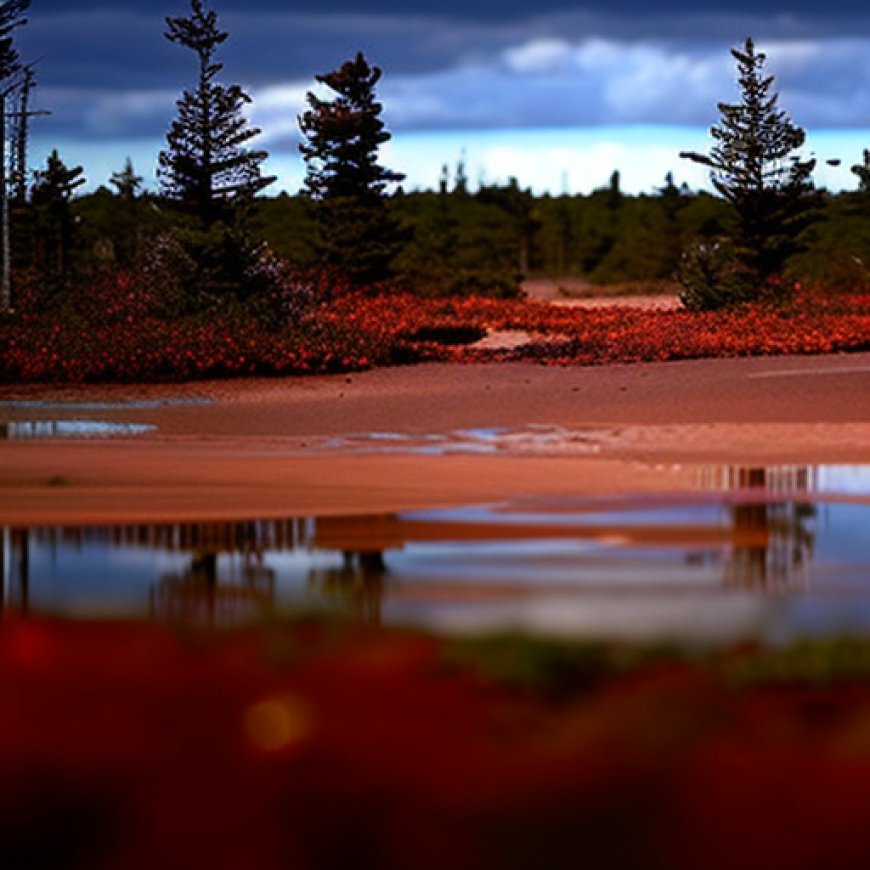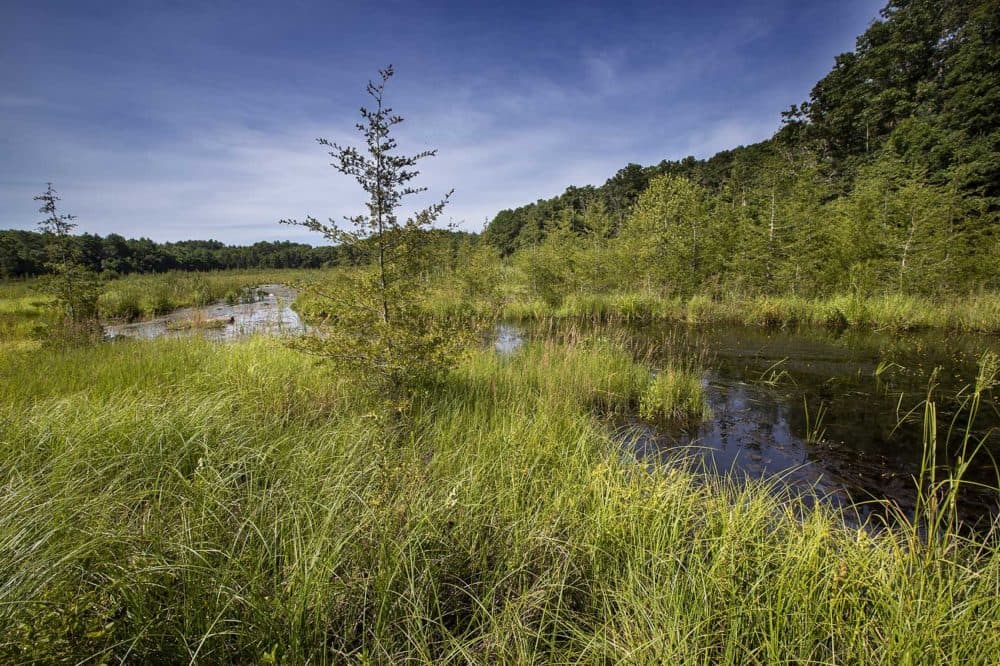Feds award $5 million to restore wetlands at 2 defunct Cape Cod cranberry bogs
Feds award $5 million to restore wetlands at 2 defunct Cape Cod cranberry bogs WBUR News


Massachusetts to Restore Wetlands on Cape Cod with Federal Grant

Massachusetts will rip up two defunct cranberry bogs and restore wetlands on Cape Cod thanks to a $5 million federal grant.
Restoring Coastal Habitats and Achieving Sustainable Development Goals
The National Oceanic and Atmospheric Administration grant will fund projects to restore coastal habitats, tidal flow, and fish passage by removing dams and other restrictive structures in Bourne and Yarmouth. These restoration efforts align with the Sustainable Development Goals (SDGs), particularly Goal 14: Life Below Water, which aims to conserve and sustainably use the oceans, seas, and marine resources.
Upper Bass River Coastal Habitat Restoration Project
Of the $5 million grant, $4.7 million will go toward the Upper Bass River Coastal Habitat Restoration Project. This project aims to restore 57 acres of coastal wetland at retired cranberry bogs, remove structures that restrict flow, and replace a concrete fishway with a natural channel in Yarmouth. Currently, multiple obstacles such as a dam, an undersized culvert, and berms limit water flow, restrict aquatic species passage, and pose a flood hazard to the surrounding community.
- Restoration activities include:
- Removing barriers to improve water quality
- Bringing back wildlife species like herring
- Allowing wetlands to spread deeper inland as sea levels rise
- Reducing flooding hazards to the surrounding community by removing flow control structures in the retired bog
By implementing these restoration measures, the project will contribute to achieving SDG 6: Clean Water and Sanitation, SDG 13: Climate Action, and SDG 15: Life on Land.
Puritan Bog Coastal Wetland Restoration Project
In Bourne, the Puritan Bog Coastal Wetland Restoration Project was awarded $338,000. This funding will be used to complete modeling, design, and permitting to restore 15 acres of coastal wetland. The restored wetlands will help enhance coastal resilience and reduce flooding in the area, aligning with SDG 11: Sustainable Cities and Communities.
“This work is not simply about the conservation of a natural resource; it’s a crucial step towards safeguarding the health of our entire river system and fostering the well-being of our communities,” said Rick Bishop of the Friends of the Bass River.
SDGs, Targets, and Indicators in the Article
1. Which SDGs are addressed or connected to the issues highlighted in the article?
- SDG 14: Life Below Water – This goal focuses on the conservation and sustainable use of oceans, seas, and marine resources.
- SDG 15: Life on Land – This goal aims to protect, restore, and promote sustainable use of terrestrial ecosystems, sustainably manage forests, combat desertification, and halt biodiversity loss.
2. What specific targets under those SDGs can be identified based on the article’s content?
- SDG 14.2: By 2020, sustainably manage and protect marine and coastal ecosystems to avoid significant adverse impacts, including by strengthening their resilience and taking action for their restoration, to achieve healthy and productive oceans.
- SDG 15.1: By 2020, ensure the conservation, restoration, and sustainable use of terrestrial and inland freshwater ecosystems and their services, in particular forests, wetlands, mountains, and drylands, in line with obligations under international agreements.
3. Are there any indicators mentioned or implied in the article that can be used to measure progress towards the identified targets?
While the article does not explicitly mention indicators, we can infer some indicators based on the information provided:
- Increased water flow in the Upper Bass River and Puritan Bog areas.
- Improved water quality in the restored wetlands.
- Return of aquatic species, such as herring, to the Upper Bass River.
- Reduction of flooding hazards to the surrounding communities.
SDGs, Targets, and Indicators Table
| SDGs | Targets | Indicators |
|---|---|---|
| SDG 14: Life Below Water | Target 14.2: By 2020, sustainably manage and protect marine and coastal ecosystems to avoid significant adverse impacts, including by strengthening their resilience and taking action for their restoration, to achieve healthy and productive oceans. | – Increased water flow in the Upper Bass River and Puritan Bog areas. – Improved water quality in the restored wetlands. – Return of aquatic species, such as herring, to the Upper Bass River. |
| SDG 15: Life on Land | Target 15.1: By 2020, ensure the conservation, restoration, and sustainable use of terrestrial and inland freshwater ecosystems and their services, in particular forests, wetlands, mountains, and drylands, in line with obligations under international agreements. | – Increased water flow in the Upper Bass River and Puritan Bog areas. – Improved water quality in the restored wetlands. – Reduction of flooding hazards to the surrounding communities. |
Copyright: Dive into this article, curated with care by SDG Investors Inc. Our advanced AI technology searches through vast amounts of data to spotlight how we are all moving forward with the Sustainable Development Goals. While we own the rights to this content, we invite you to share it to help spread knowledge and spark action on the SDGs.
Fuente: wbur.org

Join us, as fellow seekers of change, on a transformative journey at https://sdgtalks.ai/welcome, where you can become a member and actively contribute to shaping a brighter future.







